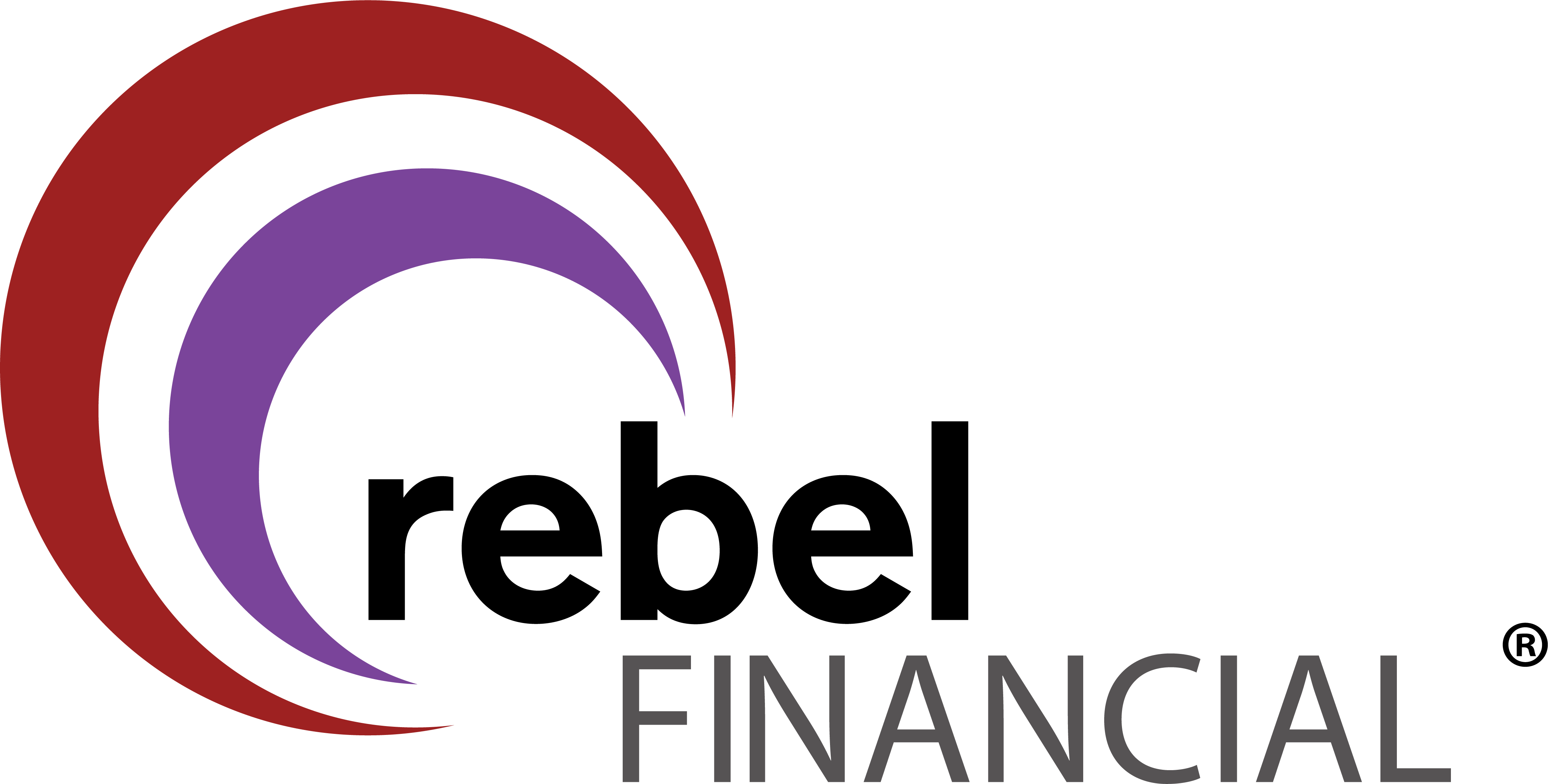Budgeting is probably one of the most basic foundational elements of financial planning. Anyone can make a budget. All it requires is a little bit of planning, tracking, and most importantly, self-control. While anyone is capable of creating a budget, not everyone can stick to it.

